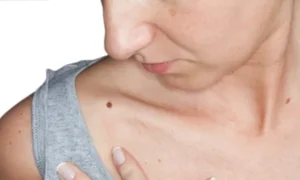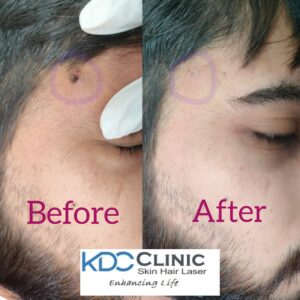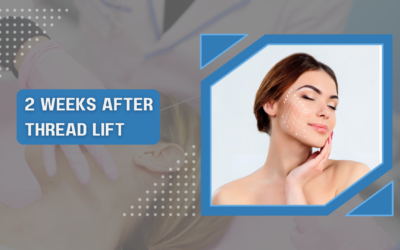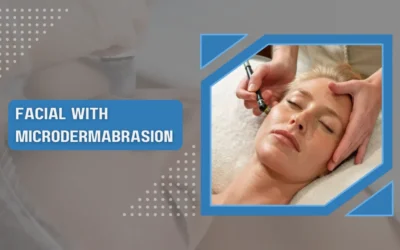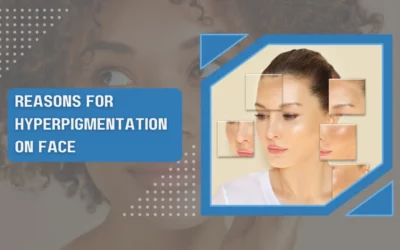Mole Removal Treatment in Faridabad
Facial beauty is a complicated and customized concept that differs between cultures and people. Although there isn’t a single, unifying definition of what constitutes beauty, there are several characteristics that people frequently link to appeal. These include healthy skin, well-defined facial features, proportionate body shape, and birthmarks like moles.
Moles, often referred to as nevi, are a form of skin growth that can develop on the face and other body parts. They can vary in size, shape, and texture and are often dark or pigmented, ranging from brown to black. Although moles are usually benign, their presence on the face might affect how someone perceives their facial beauty.
“Some people may view moles as special beauty marks that make them more appealing and find them to be distinctive. For instance, classic beauty marks like those of Marilyn Monroe and Cindy Crawford are well-known and have contributed to their attraction,” explains Dr. Archit Aggarwal, Founder – KDC Hair and Skin Clinic in Faridabad.
“Individuals who feel self-conscious about their moles have various mole removal options to address their concerns. Dermatologists can make moles less noticeable or eliminate them with cosmetic operations like radio frequency mole removal, laser therapy, or camouflage makeup. “
CONTACT US FOR MORE INFORMATION OR BOOK AN APPOINTMENT
Mole removal cost in Faridabad
Mole removal surgery is commonly conducted to eliminate moles in sun-exposed areas that may pose long-term concerns.
In India, the average cost of mole removal treatment falls within the range of Rs. 500 to 5000 INR.
Mole removal costs might vary based on several variables. These elements could consist number of moles to be removed:
- Size of the mole: Larger moles could need more involved removal techniques, which could raise the price.
- Location of the mole: Moles in delicate or difficult-to-reach regions may call for more skill or specialized methods, affecting the price.
- Mole type: Some moles, including atypical or dysplastic moles, may require more thorough inspection and monitoring, which could increase the cost.
- The clinic or healthcare provider: Depending on their experience level, standing in the community, and location, various clinics or healthcare providers may have different pricing systems and charge schedules.
If you want a reliable treatment for moles, please speak with eminent skin and hair specialist Dr. Archit Aggarwal. He will assess your situation and requirements to give you an estimate of mole removal treatment in Faridabad.
Types of Moles
Congenital Moles
These are either present at birth or appear soon after. They often come in larger sizes and colors, including light brown, dark brown, and black. These moles are brought on by an excess of the skin’s melanocytes, which are pigment-producing cells.
Congenital moles can have a wide range of shapes and sizes, some small and flat and others larger and elevated. While most congenital moles are benign, larger ones may be more likely to progress to melanoma in later life. They can even have hair coming out of them. There are also acquired moles those moles acquired later in life.
Types of Mole Removal
There are several techniques to remove moles depending on the type, size, location, and personal preferences. Here are a few typical methods of how a mole can be removed:

Excisional surgery
This procedure uses a surgical scalpel to remove the mole. A local anesthetic numbs the area before the surgery. The doctor stitches or sutures the wound shut after the skin mole removal. Excisional surgery is frequently advised for larger or worrisome moles that must be sent for lab testing.
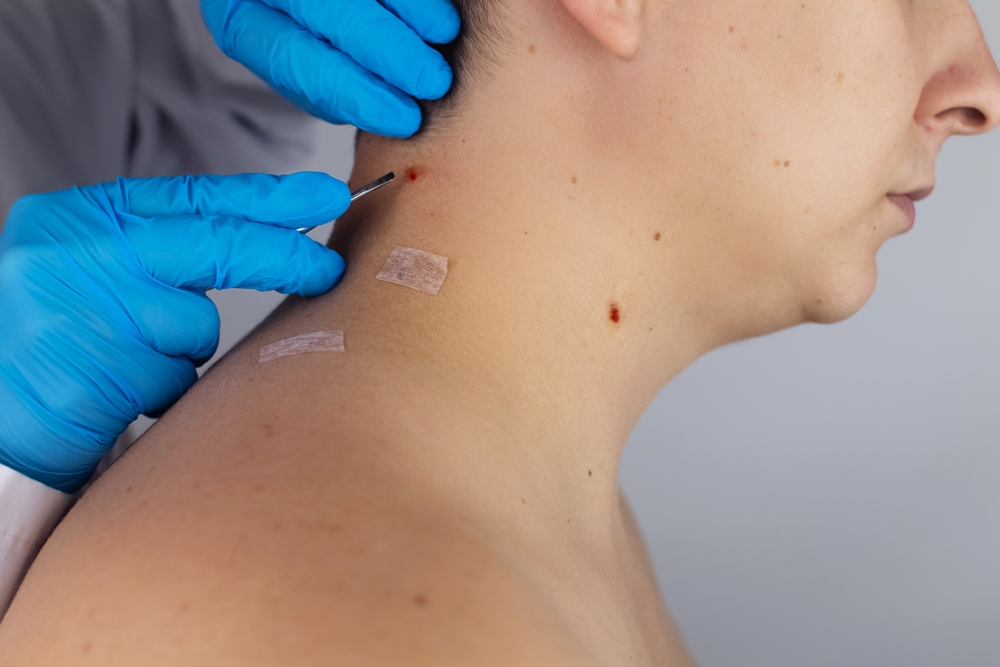
Shave Excision
Shave excision is a technique used for raised moles. The mole is shaved off using a surgical blade, typically at the skin level. This method does not require sutures and usually leaves a flat scar. Shave excision is suitable for smaller, non-cancerous moles that are not deeply rooted.
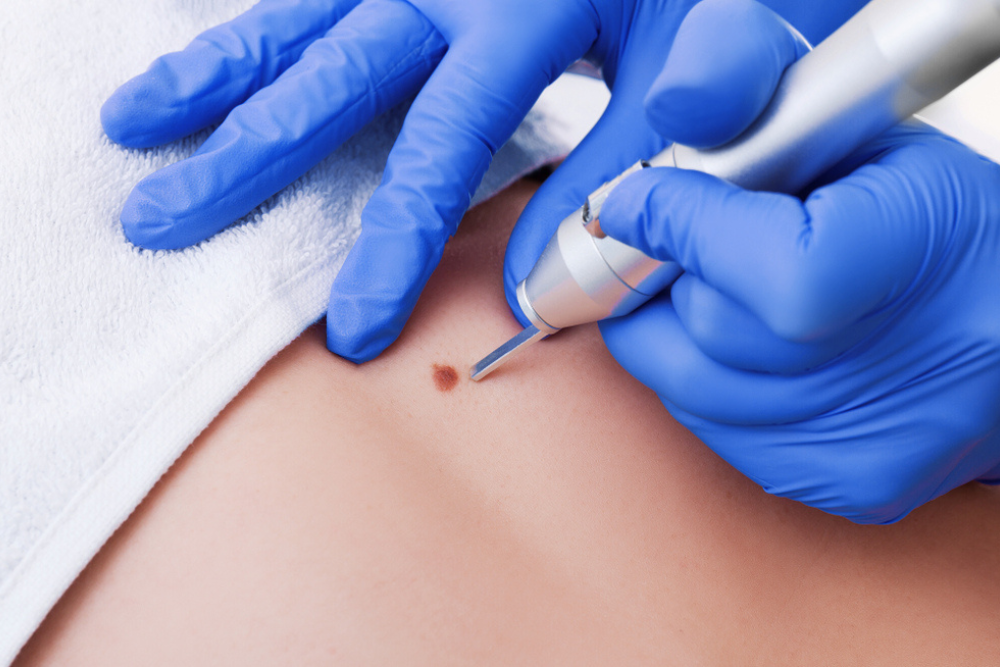
Cryotherapy
The mole is frozen using liquid nitrogen during cryotherapy, causing the mole cells to crumble, shred off, and finally die. Cryotherapy may take repeated sessions for total eradication. Small, non-cancerous moles or skin tags are frequently treated using this technique.
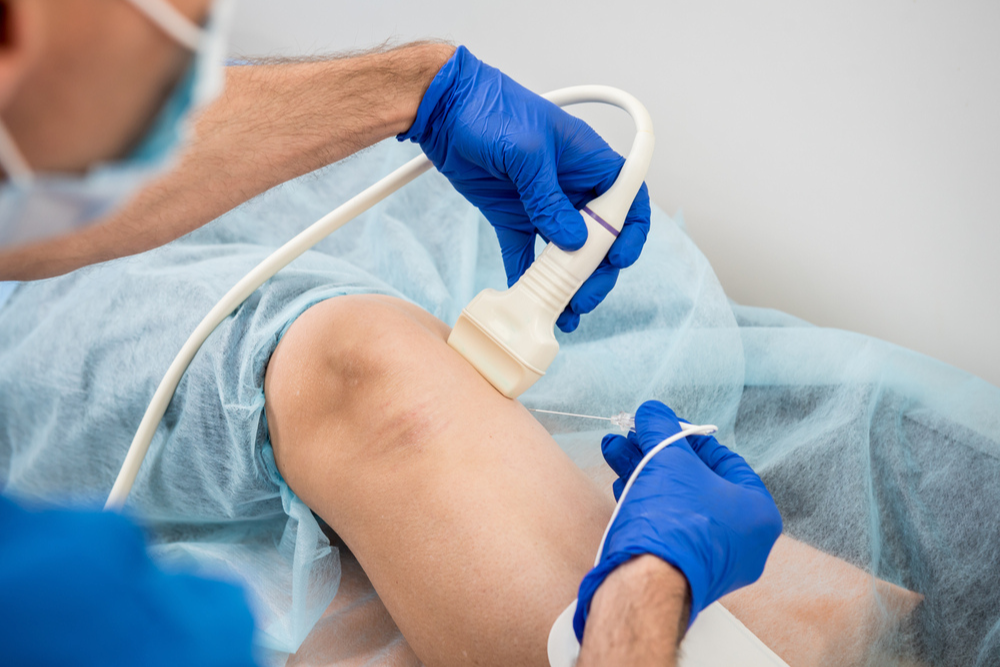
Radiofrequency ablation
Radiofrequency ablation employs high-frequency, high-intensity radio waves to expose the mole to regulated thermal energy, which kills the mole cells.
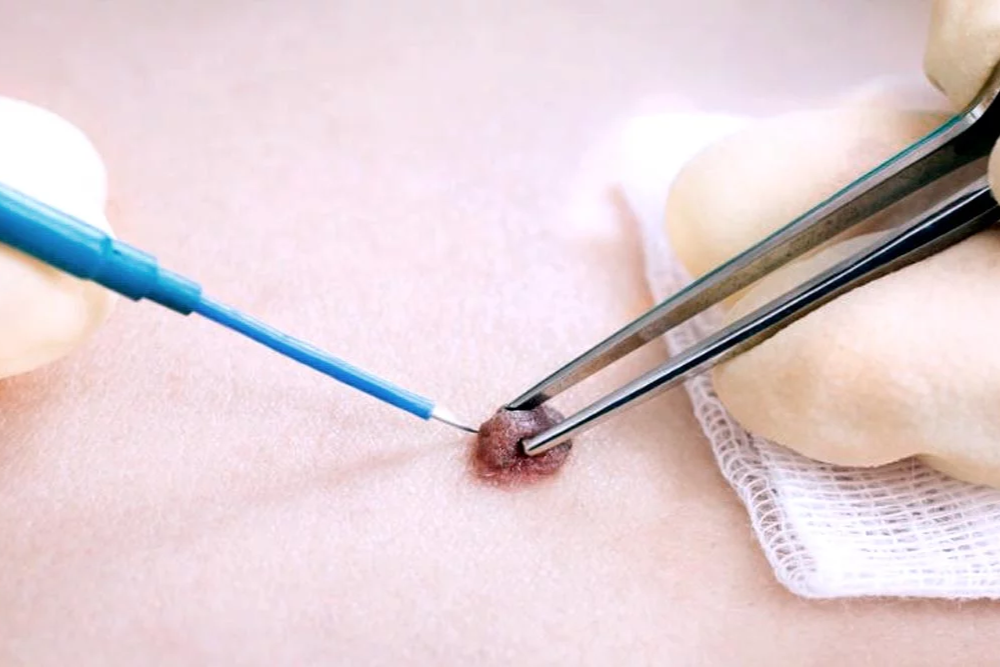
Electrosurgery
An electrical current is used during electrosurgery to remove the mole. A local anesthetic numbs the mole before an electric needle is used to burn and cauterize (to prevent infection) the mole tissue. Small, non-cancerous moles are frequently treated with electrosurgery.

CO2 Laser
CO2 laser utilizes a carbon dioxide laser that emits a focused beam of light to vaporize the mole's tissues layer by layer. This technique allows for precise and controlled mole removal. CO2 laser mole removal is often used for smaller, non-cancerous moles on the skin's surface. It results in minimal scarring and a shorter recovery time than traditional surgical methods.
If you are looking for a safe and effective treatment for mole removal on face or any other body part, please get in touch with Dr. Archit Aggarwal. With his high expertise in various aesthetic procedures, he is often called the best dermatologist in Faridabad.
Before removing a mole
- Consult a highly skilled dermatologist to evaluate the mole and understand the detailed preoperative instructions.
- Inform your doctor about any prescription, OTC (over-the-counter), herbal medications, or dietary supplement you use. They will advise whether you need to make any adjustments or temporarily stop taking your drugs.
- Comply with your doctor’s advice regarding skin preparation before the treatment, such as cleaning the area or avoiding specific skincare products.
Care after you get rid of a mole
- Follow your doctor’s instructions on using any prescribed lotions or ointments, maintaining the area dry and clean, and changing dressings.
- Avoid excessive sun exposure, hot tub or pool use, and harsh skincare products that can irritate the wound.
- Follow your doctor’s pain management advice by taking painkillers or prescribed drugs.
- Do not irritate the healing area in any way. This will lessen the possibility of scarring and allow it to heal naturally and smoothly.
Mole Removal Expertise Tailored to You
Explore personalized dermatological care meticulously crafted for the distinctive needs of each individual, ensuring optimal skin health for every member of your family.
Dermatology
Clear Skin Solutions
Enhance Your Aesthetic Appeal
Unveil Your Dermatology Solution for Mole Removal
Explore the zenith of skincare through our all-encompassing dermatology services. From precise diagnosis to expert treatment, we are your comprehensive solution for achieving and maintaining healthy, radiant skin after mole removal.
Frequently Asked Questions
Is it safe to have moles removed?
Mole removal is typically risk-free when conducted by a qualified dermatologist. To examine the mole and choose the best way of removal, you should, however, speak with a professional. They can assess the mole’s characteristics to decide if it must be removed for medical or just cosmetic reasons.
How can you tell whether a mole is cancerous?
A professional assessment is necessary to determine whether a mole is malignant. Dermatologists utilize the ABCDE rule as a checklist to spot probable melanoma symptoms:
- Asymmetry: When a mole’s two halves are not identical.
- Border: If the mole’s edges are crooked, scalloped, or vaguely defined.
- Color: If the mole is a variety of brown, black, red, blue, or white hues or tones.
- Diameter: If the mole is more than 6 millimetres (about the size of a pencil eraser).
- Evolution: If the mole evolves through time and changes in size, shape, color, or appearance.
Please get an expert medical assessment by a dermatologist if you observe any alarming changes in a mole or if it displays any of the traits above.
I scratched my mole off, will it grow back?
A mole that you removed or scratched may or may not reappear. The level of damage caused by scratching and the depth at which the mole cells were present are two variables that affect a mole’s ability to regenerate. You must consult a dermatologist to evaluate the issue and decide whether any more steps are necessary.
Why do moles get bigger?
There are various causes for moles to enlarge. The following are the primary causes:
- Normal development: Moles may normally enlarge as a person develops and their skin extends.
- Hormonal changes: Moles can expand or darken due to hormonal changes, such as those brought on by puberty, pregnancy, or hormonal treatments.
- Long-term sun or ultraviolet (UV) exposure can induce the development of melanin in moles, resulting in their darkening or expansion.
- Cellular alterations: Moles occasionally experience cellular alterations, such as benign growth or dysplastic alterations. Size changes may result from these modifications.
Please seek immediate medical intervention if you see any changes in how the mole appears or feels.
Reference Link
CONTACT US FOR MORE INFORMATION OR BOOK AN APPOINTMENT
Dr. Archit Agarwal's Dermatology Success Stories
CONTACT US FOR MORE INFORMATION OR BOOK AN APPOINTMENT
Recent Posts
2 Weeks After Thread Lift
Wondering what your skin looks like 2 weeks after a thread lift? By now, the healing process is...
Facial with Microdermabrasion: A Revitalizing Skin Treatment
Our appearance plays a significant role in how we feel about ourselves. As we age, our skin...
Reasons For Hyperpigmentation On Face
Appearances play a significant role in how we feel about ourselves and interact with others....

